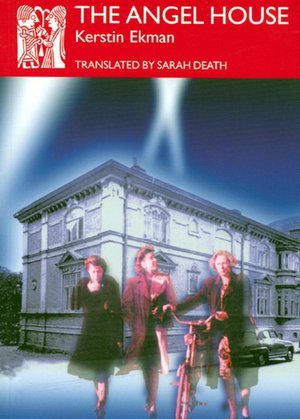
I loved reading Doris Lessing, Nadine Gordimer, Magaret Atwood and other great writers of feminist literature who began to enlighten and engage us in the latter half of the twentieth century. They often wrote from a slight remove - South Africa, England, Canada - and captured something of the the reality of women’s lives in a deeply lyric, yet often disturbing way. Some say all great literature is transgressive - and perhaps it needs to be to hit us so hard and ask so much of our understanding.
I thought I had come to the end of those writers and their achingly clear vision until a friend recommended Kerstin Ekman’s brilliant and subversive tetrarchy The Women and the Town.This series of novels was written in the 1970’s and early 80’s at a time when the writers listed above were making their most profound impact on readers.
The Women and the Town (Kvinnorna och staden):
Witches’ Rings (Häxringarna, 1974), translated by Linda Schenck, 1997
The Spring (Springkällan, 1976), translated by Linda Schenck, 1999
Angel House (Änglahuset, 1979), translated by Sarah G. Death, 2002
A City of Light (En stad av ljus, 1983), translated by Linda Schenck, 2003
Ekman’s fictional history begins in the 19th century in a remote Swedish village newly bisected by a railroad line. She pursues her story as the village evolves into a town, then a small city. As readers, we view the town as it is affected by the Great Depression, World War II and on into the post war era of the 1970’s. Through Ekman’s eyes, we see businesses rise and fall, along with the buildings that house them; see mechanical innovations change the nature of work and the social order. Yet, most importantly, we are privy to the city of women; witnessing their complex relationships to one another over generations. These relationships are sometimes deeply contentious, yet ultimately supportive. This community of women is sustained through backbreaking communal work and the need to support one another economically and emotionally in hard times. It is carried on in the back gardens of every house on every street in fair weather, and around the kitchen table in all seasons of the year, fueled by coffee. Through Ekman’s continuous story of the women, we become able to see, as she does, the almost tangible “city of light” that rises up on their efforts in counterpoint to the busily industrializing city of men.
Translations are superb - especially the work of Sarah Death, whose translation of The Angel House is a masterpiece revealing a masterwork with profound clarity.
-Lauri Burke




